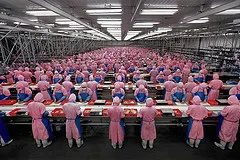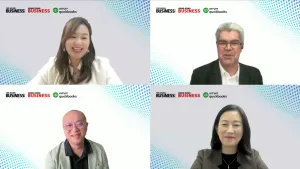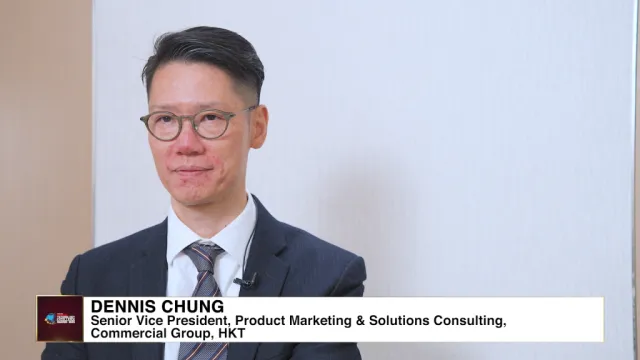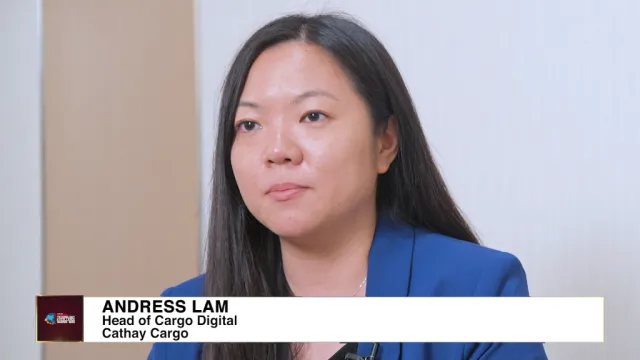
China’s manufacturing PMI grows to 49.9 in August
HSBC says this is the first time it rose in three months.
However, incoming new business received by manufacturers decreased for the first time in 13 months during August.
Here’s more from HSBC:
| PMI survey data signalled renewed growth of Chinese manufacturing output in August, albeit marginal. Purchasing activity increased as a result, which in turn contributed to a slower rate of stock depletion. On the demand side, incoming new business fell for the first time in over a year, and new export orders decreased further. Meanwhile, manufacturing employment rose at a fractional rate. Looking at price pressures, rates of output charge and input price inflation quickened, but remained subdued in the context of historic data. After adjusting for seasonal variation, the HSBC Purchasing Managers’ Index (PMI) signalled a deterioration in Chinese manufacturing sector operating conditions for the second month in succession. However, by rising from 49.3 to 49.9 in August, the index was at a level indicative of a negligible rate of deterioration. Incoming new business received by manufacturers decreased for the first time in 13 months during August. However, the pace of reduction in new work was only slight. A reduction in new export business was also recorded in August, extending the current period of contraction to four months. Where new business from abroad decreased, survey respondents mentioned sluggish demand from external markets. Despite the decrease in overall new business, manufacturing production in China rose during August, ending a two-month period of decline. However, the pace of growth was only marginal, and insufficient to generate an accumulation of post-production inventories, which fell for the thirteenth month running in August. In response to higher output requirements, manufacturers raised their input buying for the first time in three months, and at the fastest pace since March. Consequently, the rate at which stocks of purchases were depleted eased since the preceding month. Meanwhile, average vendor performance deteriorated moderately, with respondents linking longer lead times to supply shortages at vendors. Renewed employment growth was recorded during August, although the rate of job creation was only slight. Recruitment was attributed by panellists to plans to expand production capacity. Those firms that reduced headcounts commented on retirements and the non-replacement of leavers. The rate of input cost inflation accelerated to the fastest in three months, but remained weak in the context of historical data.Higher raw material and fuel prices were cited as key drivers of inflation in the latest survey period. Firms continued to pass on higher costs to clients through increased output charges. Similar to the trend in input prices, the rate of output price inflation quickened to a three-month high, but remained slower than the long-run series average.
|
Photo from caffeineguy

















 Advertise
Advertise








